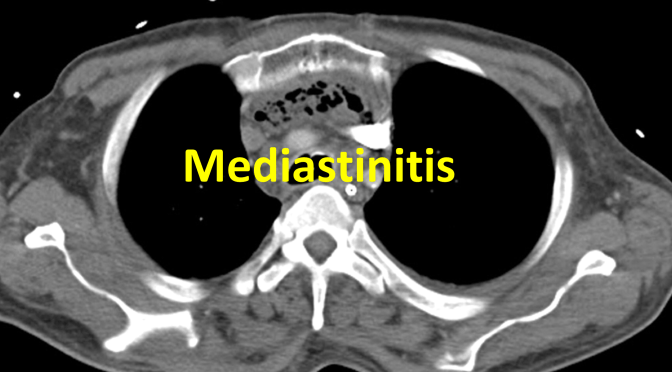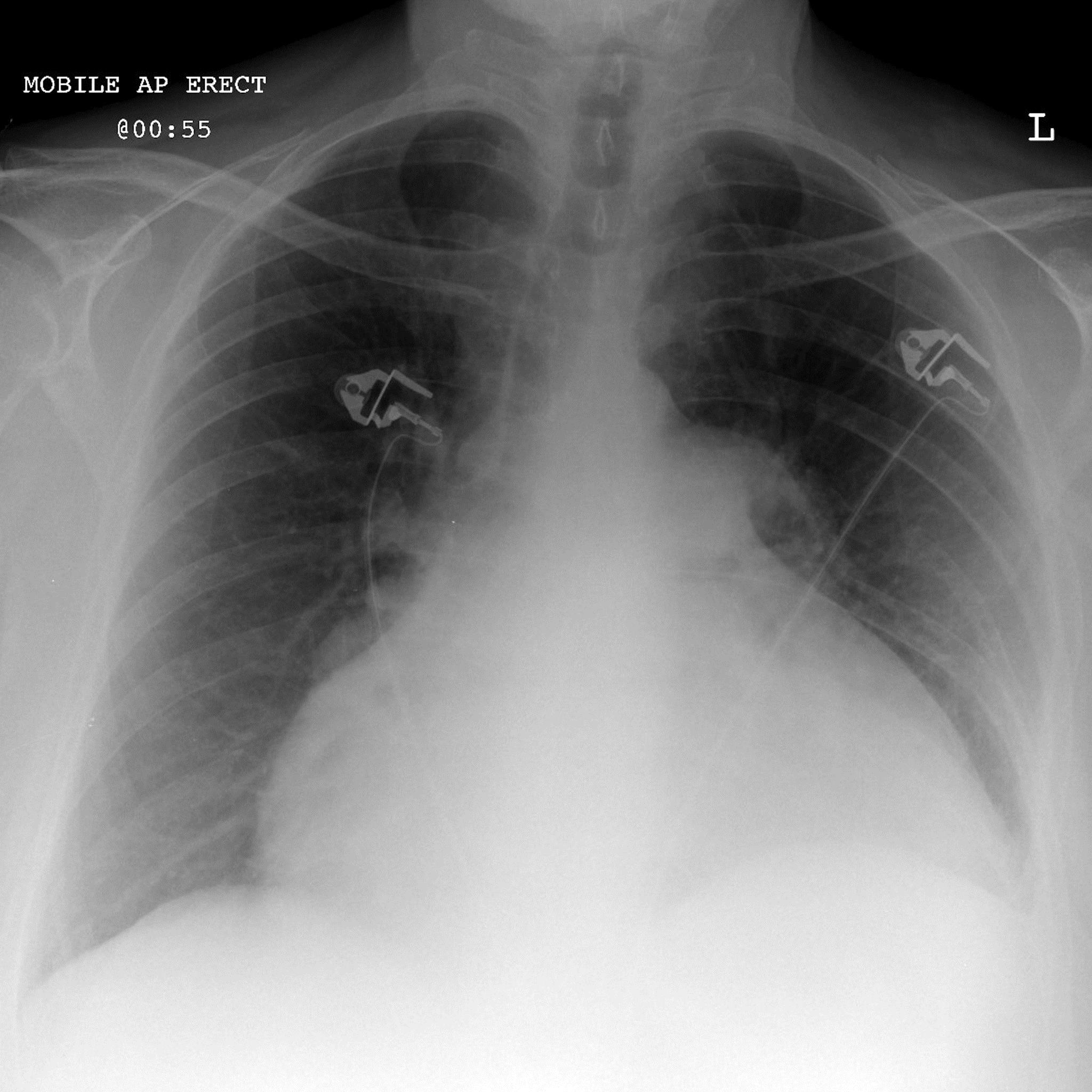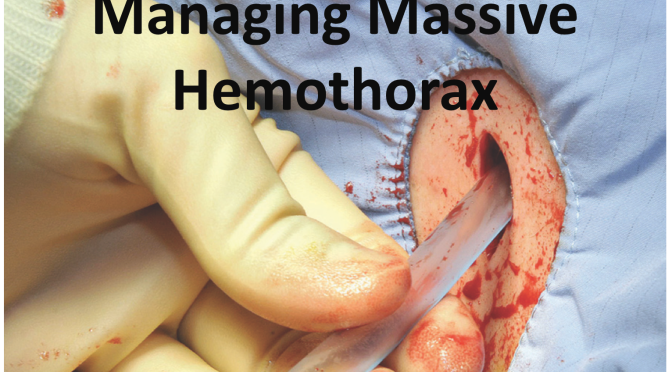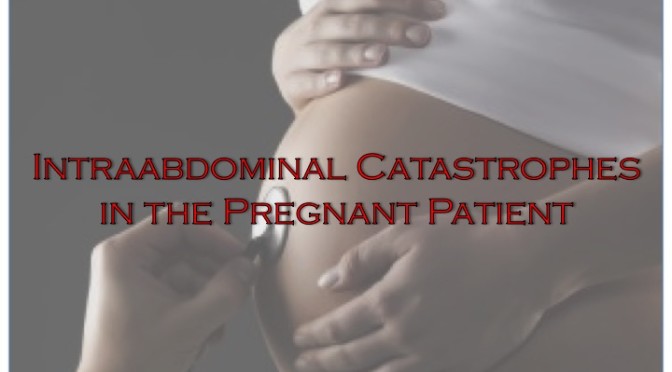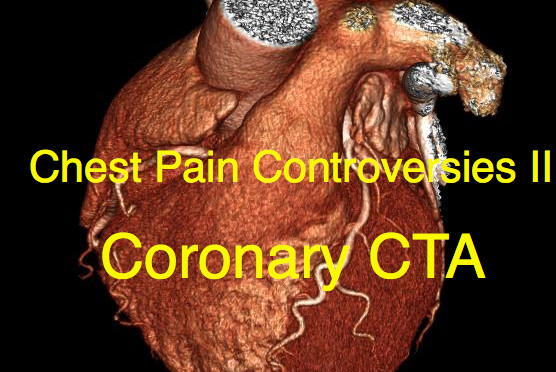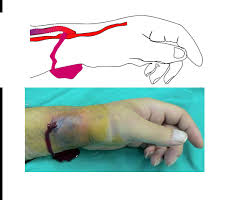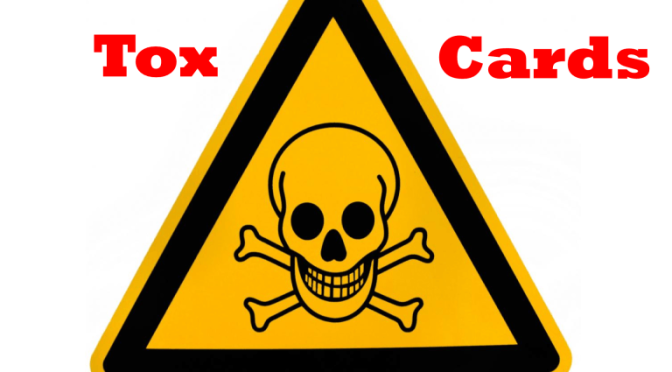- Sep 26th, 2016
- Carling Macdonald
- leave a comment
- categories:
The mediastinum is the space between the pleural sacs which extends from the diaphragm superiorly to the superior aperture of the thorax. Mediastinitis is an infection involving the structures of the mediastinum, and this disease is a surgical emergency with potentially devastating consequences and ...
